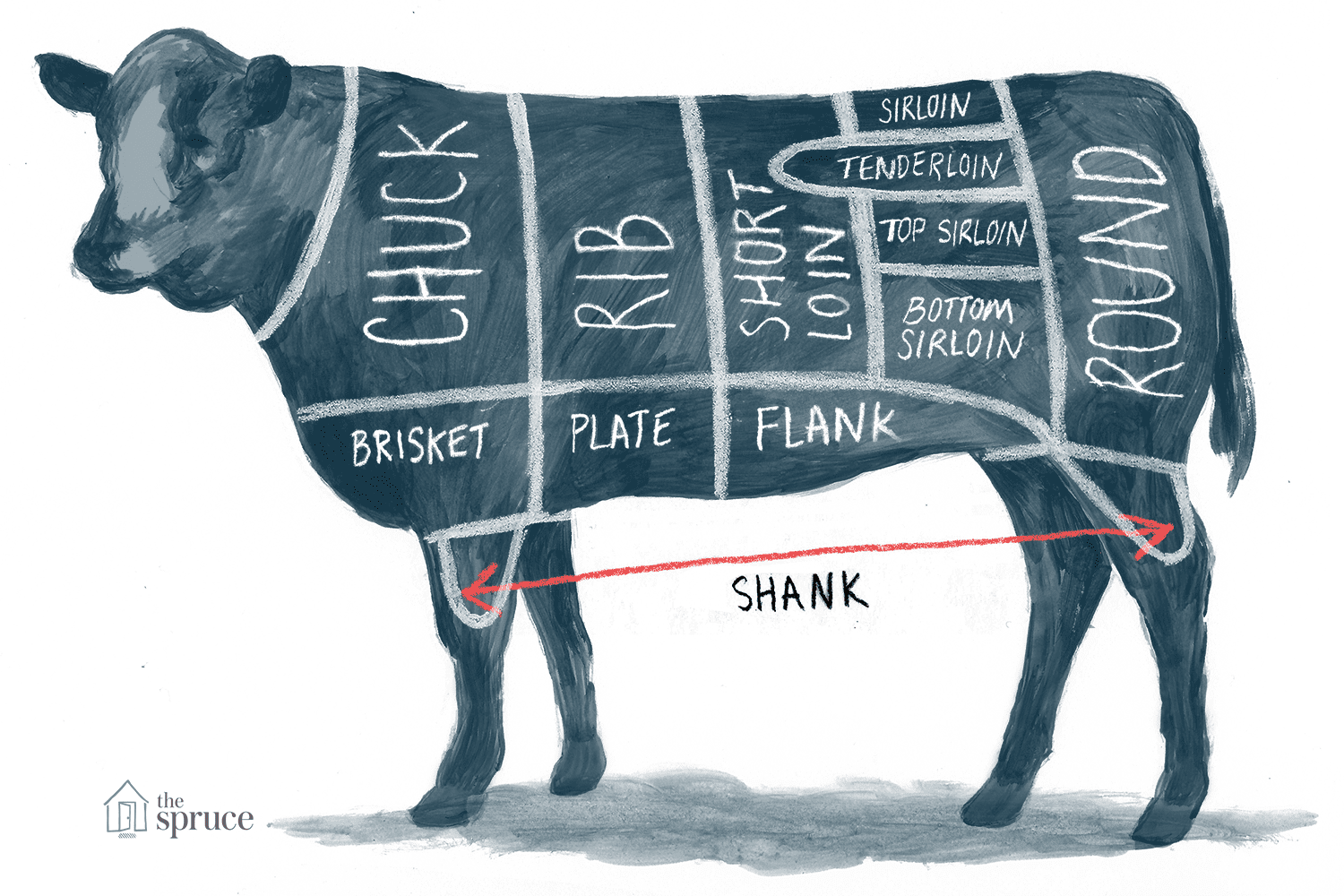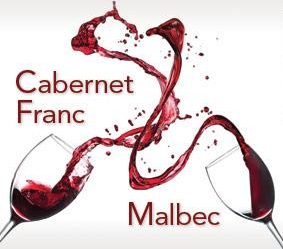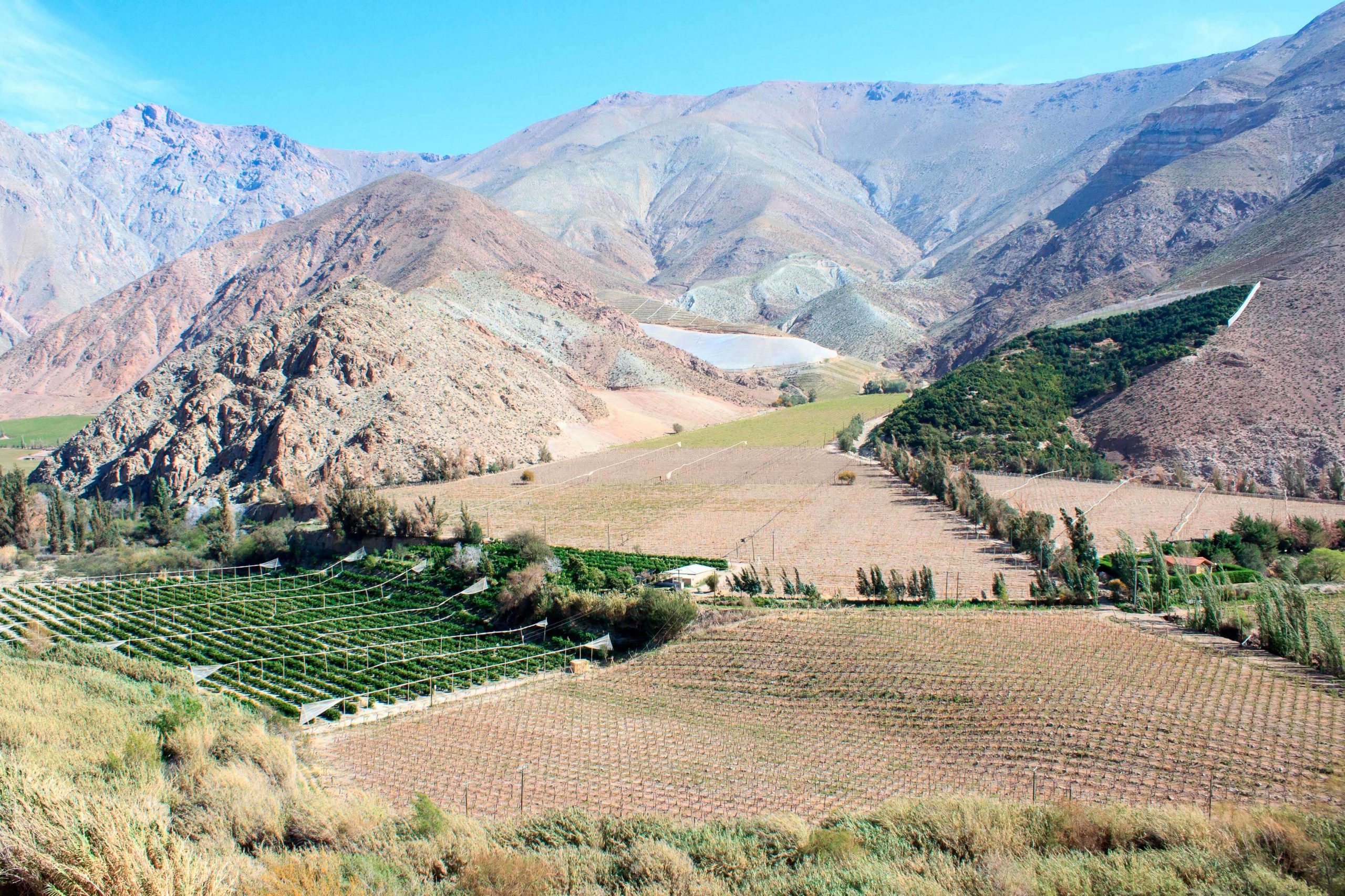
Codigo 380
To commemorate Viña Aresti’s 65th anniversary,
Ana María and Begoña Aresti sought to produce
a wine to continue to further the family’s
legacy.
They thus crafted Código 380, a modern wine,
full of nuances, that honors its origins and finds
its inspiration in their deep love for the land, the
vineyard, and the wine that they both learnt from
their father.
Grapes are grown in the winery`s own vineyards.
Handpicked and carefully selected grapes.
Cabernet Sauvignon, the backbone of this blend,
is sourced from vines planted by the winery`s
founder back in 1951.
Facts about the wine
Tasting Profile
Food Pairing

Beef
Quick said that the higher the fat content of the beef, the higher its capacity to pair with richer wines that have bolder tannins. Fat content washes away tannin in your mouth and vice-versa, he said. 'That's what keeps you coming back for more of both your wine and your steak.

Venison
For a start venison is quite a bit leaner than most beef cuts with a finer texture which tends to favour more elegant wines such as red burgundy, barolo or mature Bordeaux - certainly when it’s served as a roast or a fillet. Pinot noir is also particularly good with a venison tartare.
Grape Variety

Cabernet Franc - Malbec
Place to be Make

Curico Valley
Curicó Valley is a wine-producing region in central Chile, located roughly 115 miles (185km) south of the Chilean capital, Santiago. It is divided into two sub-regions: Teno in the north and Lontue Valley in the south. The Curicó is known for its reliable, good value everyday wines, particularly the reds made from Cabernet Sauvignon and whites from Sauvignon Blanc and Chardonnay. Curicó's vineyards are planted with more varieties than anywhere else in Chile. The first two grapes mentioned above are the most heavily planted, as they were when the region first appeared on the international wine map. The reds may not consistently rival the best from Maipo, and its Sauvignon Blanc may not quite match the fresh, complex style found in Casablanca, but the valley is one of Chile's workhorse regions and its output is consistent and reliable. Curicó Valley growing conditions With respect to climate, the eastern part of the valley – closer to the Andes Mountains – is cooler than the western section as it benefits from breezes coming down from the slopes of the Andes. In this way, it differs from regions further north, where the western ends of the valleys, being influenced by the Pacific Ocean, are generally cooler. In Curicó, however, the hills of the Coastal Ranges dissipate the effect of east–west air movements. The major centers of production and the established high profile wineries (Echeverria, Montes, Viña San Pedro, TTorres and Valdivieso) are located around the cooler eastern towns of Curicó and Molino. The meltwater rivers Lontue and Teno that flow through Curicó Valley (before converging to form the Mataquito River) have a significant effect on viticulture here. The region's varied soils are derived from limestone and volcanic rock from the Andes and have been deposited in the valley over time by the rivers (alluvial) as well as by gravity (colluvial). These soils are slightly more fertile than in many other wine regions of Chile. They are a factor behind Curicó Valley's reputation as a good quality, bulk-producing region. History Vine cuttings from Europe were first planted in the valley in the mid 1800s. However the modern wine industry only dates back to the 1970s. Curico was the wine region of choice for Spanish wine legend Miguel Torres when he began his foray into Chilean wine in 1979. Torres brought with him from Spain a number of winemaking techniques and technologies which have had a significant impact on the Chilean wine industry. In those days, Curicó was considered to be a southern part of the sprawling Maule wine region, but is now recognized as a region in its own right. The presence of several well-respected and well established wineries here almost certainly supported the case for its individual recognition.
